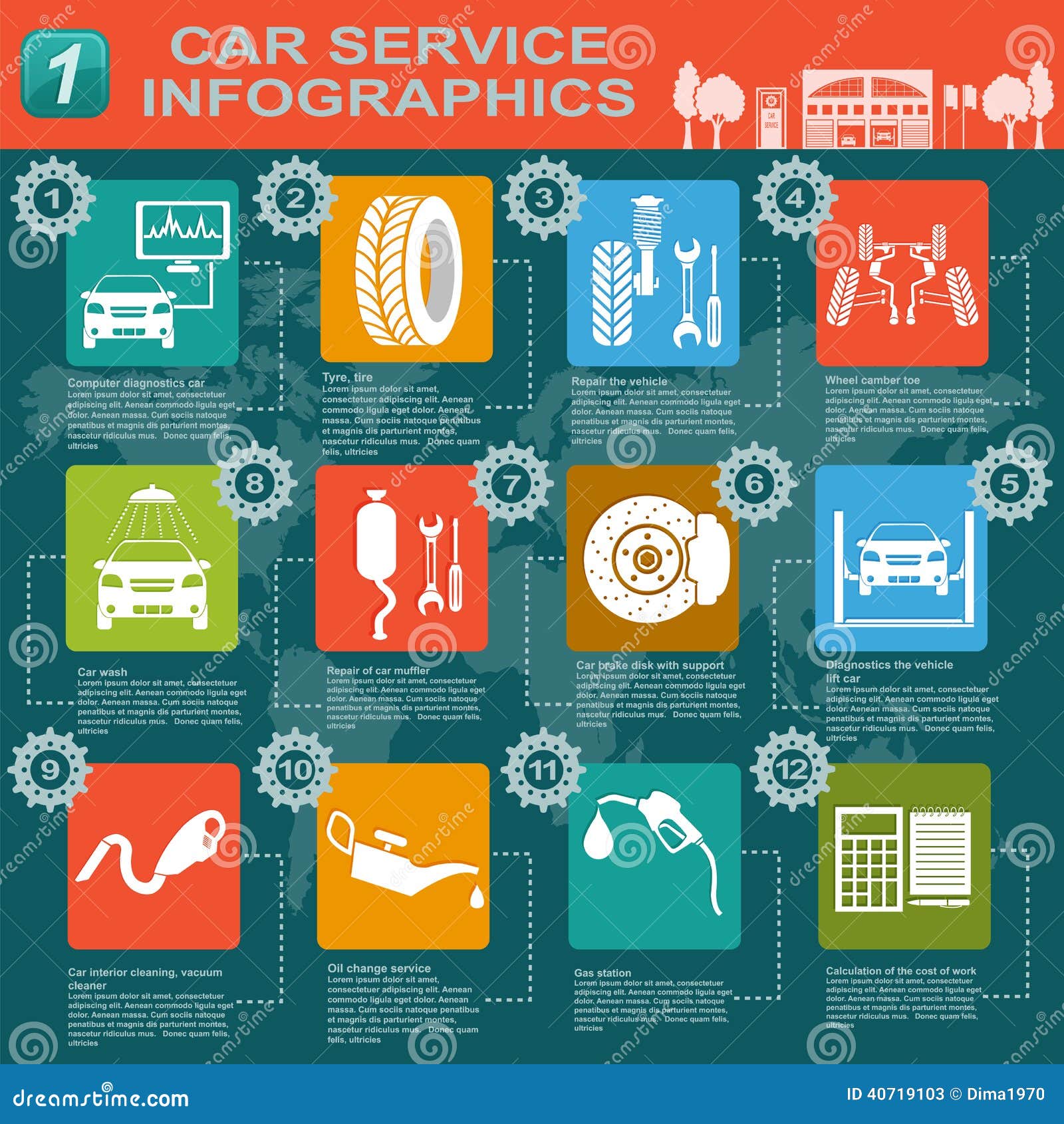Comprehending The Meaning Behind Your Vehicle'S Caution Lighting: An Extensive Appearance
Comprehending The Meaning Behind Your Vehicle'S Caution Lighting: An Extensive Appearance
Blog Article
Short Article By-Higgins Corbett
When you lag the wheel, those beautiful warning lights on your dashboard can be a bit complicated. Do you understand what they're trying to inform you about your automobile's health? Recognizing the significance of these lights is essential for your safety and security and the long life of your automobile. So, the following time among those lights turns up, would not you want to analyze its message accurately and take the needed steps to address it?
Common Caution Lighting and Interpretations
Determine common warning lights in your car and recognize their significances to ensure safe driving.
One of the most typical warning lights consist of the check engine light, which signifies problems with the engine or discharges system. If this light comes on, it's crucial to have your vehicle examined without delay.
The oil stress alerting light suggests low oil pressure, requiring immediate interest to avoid engine damages.
A blinking battery light might recommend a damaged charging system, potentially leaving you stranded if not dealt with.
The tire pressure tracking system (TPMS) light alerts you to reduced tire pressure, affecting automobile security and gas effectiveness. Disregarding this could result in dangerous driving problems.
The abdominal light indicates a problem with the anti-lock stopping system, endangering your ability to stop promptly in emergency situations.
Lastly, https://angelovqkey.nizarblog.com/31364146/struggling-to-choose-an-automobile-repair-shop-discover-specialist-guidance-on-identifying-credible-solutions-in-your-location-that-will-certainly-help-you-really-feel-at-ease alerting light warns of engine getting too hot, which can result in serious damage otherwise fixed quickly.
Comprehending these common warning lights will certainly aid you resolve problems immediately and keep secure driving problems.
Value of Prompt Interest
Recognizing the common caution lights in your automobile is just the initial step; the relevance of without delay attending to these warnings can not be stressed sufficient to guarantee your safety and security when traveling.
When a caution light brightens on your control panel, it's your auto's means of communicating a potential issue that needs focus. Neglecting these warnings can result in extra severe issues later on, endangering your security and possibly costing you a lot more in repairs.
Trigger focus to alerting lights can prevent breakdowns and crashes. For dimedetailing , a blinking check engine light can suggest a misfire that, if left neglected, could create damage to the catalytic converter. Addressing this immediately can save you from an expensive repair work.
In a similar way, a brake system cautioning light may indicate reduced brake liquid or used brake pads, crucial components for your safety when driving.
DIY Troubleshooting Tips
If you discover a warning light on your dashboard, there are a couple of do it yourself fixing pointers you can try prior to seeking expert assistance.
The initial step is to consult your cars and truck's manual to recognize what the specific warning light shows. In some cases the concern can be as simple as a loosened gas cap setting off the check engine light. Tightening up simply click the next website page may deal with the problem.
One more usual problem is a low battery, which can activate various cautioning lights. Inspecting the battery links for deterioration and ensuring they're safe could deal with the trouble.
If a caution light lingers, you can try resetting it by disconnecting the vehicle's battery for a couple of mins and after that reconnecting it. Furthermore, checking your vehicle's liquid degrees, such as oil, coolant, and brake liquid, can help troubleshoot cautioning lights associated with these systems.
Final thought
Finally, recognizing your vehicle's caution lights is necessary for keeping your automobile running smoothly and safely. By quickly resolving these notifies and understanding what they mean, you can prevent pricey repair work and possible break downs.
Keep in mind to consult your auto's handbook for specific details on each cautioning light and take action appropriately to guarantee a hassle-free driving experience.
Stay informed, remain secure when traveling!
